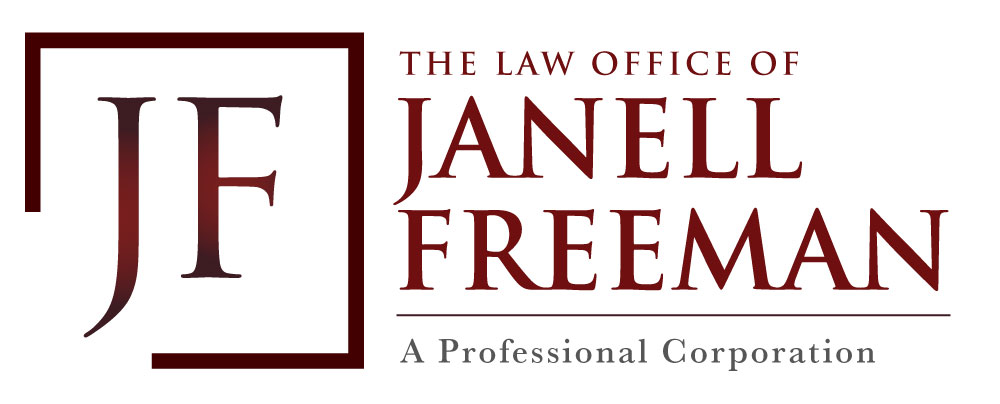In general, Waivers of Inadmissibility are designed for the spouses and children of U.S. citizens and legal permanent residents.
When it comes to an adjustment of status, if an individual is determined to be inadmissible, the person might qualify for a Waiver of Inadmissibility without having to leave the United States.
Under consular processing, the waiver process is usually done outside of the U.S. unless the applicant qualifies for the I-601A waiver, which is usually done from inside the U.S., but with the I-601A, the applicant later leaves the U.S. to attend their immigrant visa appointment abroad.
The special I-601A waiver was announced by the USCIS on July 29, 2016. This benefit was so the applicant remains inside the U.S. for the majority of their immigration case, only leaving the U.S. for a few days to attend their consular interview abroad.
In the case of a marriage-based Adjustment of Status (spousal adjustment), the purpose of the application is also to show that the applicant (the foreign spouse) has a good faith marriage with their U.S. citizen or permanent resident spouse. When the applicant is filing an Adjustment of Status based on marriage, it is often possible to file Form I-130 and Form I-485 at the same time (a process called “concurrent filing”).
Adjustments of Status can also be filed under other categories if the visa is current and the person otherwise qualifies. For example, an individual with an approved 1-360 or U visa might also qualify for Adjustment of Status.



